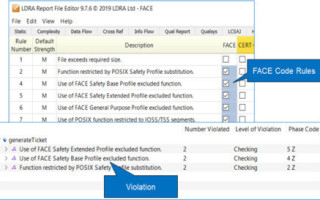Enhancing military and aerospace software testing with data-driven development strategies - Story
May 16, 2024Continuous testing is indispensable in a well-functioning CI/CD [continuous integration/continuous delivery] pipeline, as testing consumes the most time and resources. In a data-driven development (DDD) process, organizations must use tools supporting automation and optimization – critical for continuous testing – driving larger code coverage, intelligent test execution, and bidirectional traceability, and thereby further enhancing software quality and reliability.
Incorporating DO-326A security airworthiness into software-development life cycle - Story
April 26, 2022Before jumping right into adopting DO-326A to address cybersecurity certification, it needs to be put into the context of DO-178, which is the overarching standard. DO-178 is a process standard that contains steps for the software used in airborne systems. DO-178C, also known as ED-12C in Europe, is the latest version that aerospace systems and software engineers use as guidance to ensure airworthiness. Though it continues to evolve, one document cannot encompass all development needs and supporting or complementing documents to DO-178 have evolved over time. DO-326A is one of these; its purpose is to provide a framework with objectives and process guidance in addressing intentional and unintentional security threats to aircraft systems.











